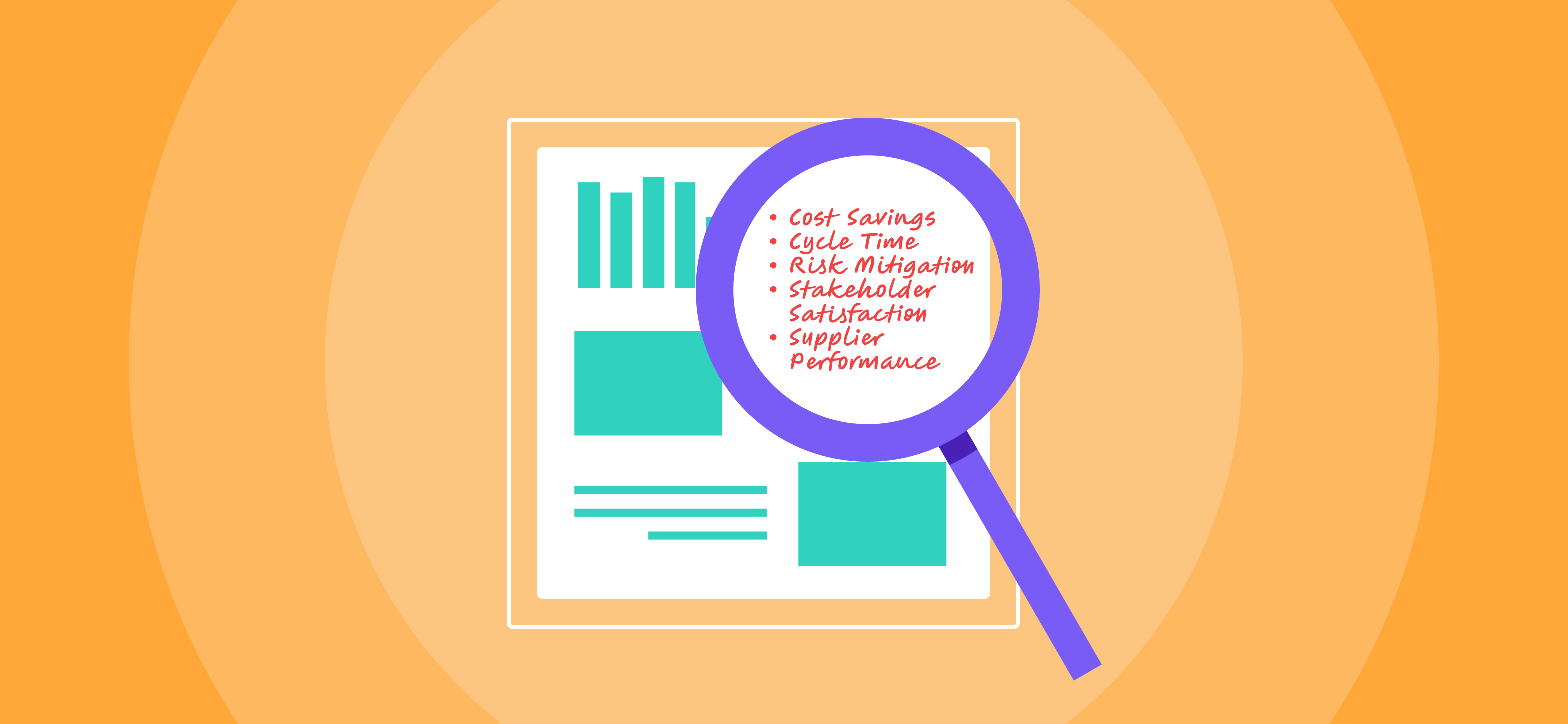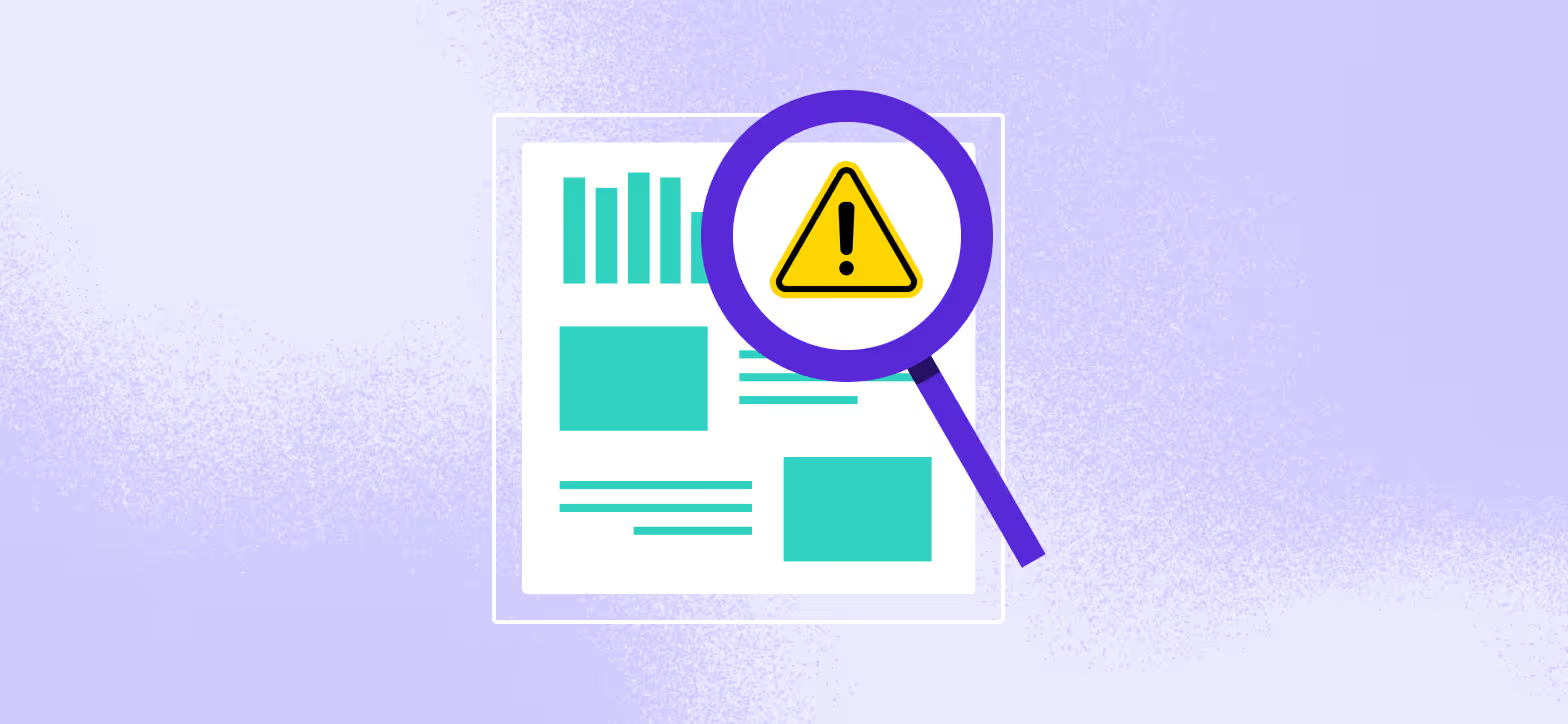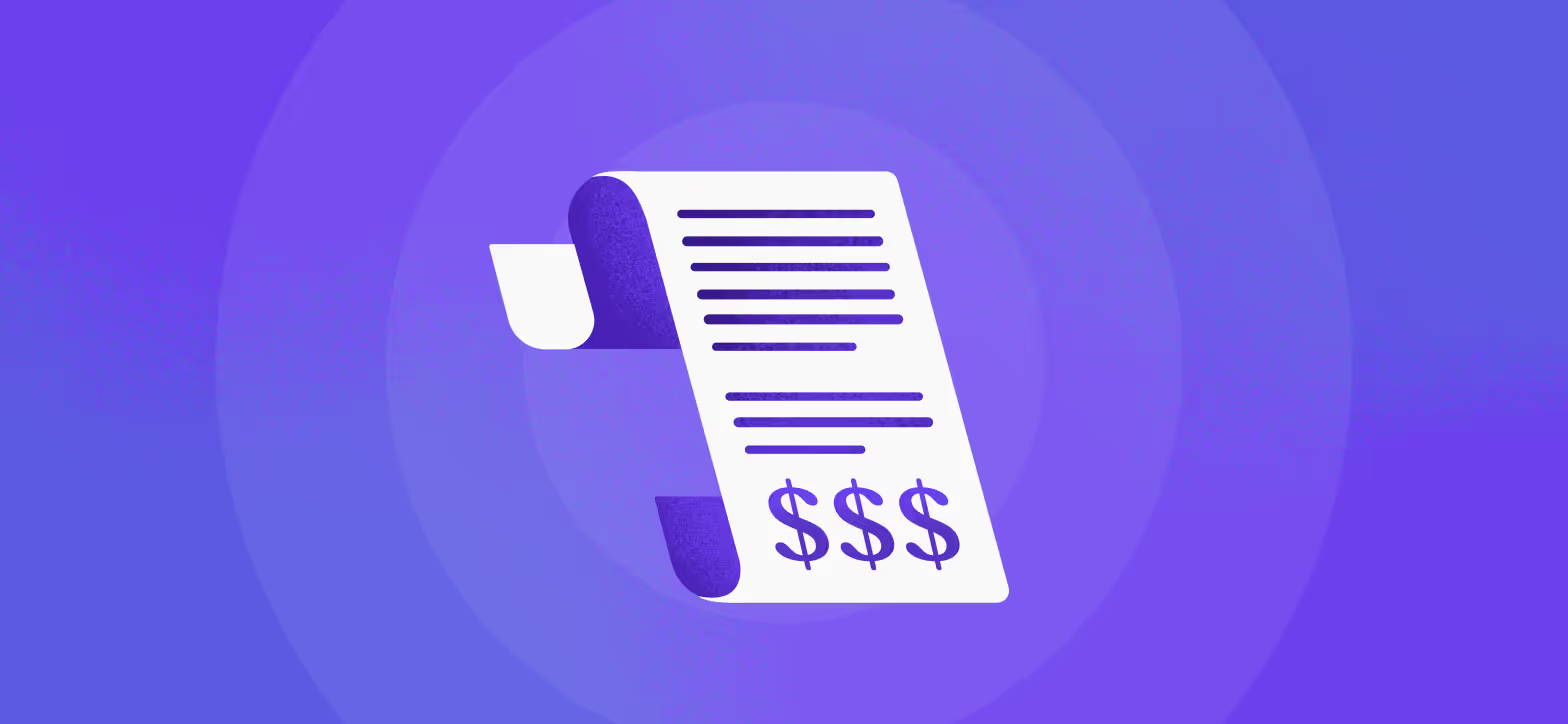In the late 1980s, the introduction of strategic sourcing turned procurement on its head. Organizations figured out their buying power was being limited by scattered or missing data and fragmented purchases, and opted instead for centralized buying strategies. This allowed them to secure better deals and foster collaborative relationships with suppliers.
Strategic sourcing is now on the cusp of another inevitable transformation, powered by AI.
While it’s helped organizations optimize their spend, sourcing has historically been difficult. To name a few challenges: A lack of rich data, hours of manual effort, constant emerging trends, and the never-ending need to keep up with new companies.
That’s all changing with generative AI. This technology can churn through massive datasets in minutes, and reveal insights that would’ve taken staff weeks to uncover. It’s also helping procurement teams better manage risk, streamline vendor evaluation, and improve compliance.
Savvy procurement and finance professionals will stay ahead of the competition by adopting AI for strategic sourcing. Let’s dive into some of the most exciting opportunities and potential roadblocks that come with integrating this powerful technology.
Opportunities for generative AI in strategic sourcing
Procurement professionals are giddy about the potential of GenAI. A KPMG survey found that it was the “top emerging technology expected to impact procurement over the next five years.”
It’s not hard to see why. KPMG also found that implementing the technology can lead to 80% time savings in certain procurement use cases and boost efficiency.
.avif)
Here are some of the transformative opportunities GenAI presents for sourcing:
1. Proactive risk management
Modern procurement teams have more supplier data than ever, but unforeseen risks can still derail their sourcing strategies.
GenAI can help these teams perform supplier due diligence on a much deeper level to better assess risk. It can collate data across a variety of sources, including financial records, legal filings, news articles, and even social media sentiment to uncover hidden red flags.
It’s like having a crystal ball for your suppliers. GenAI proactively monitors risks in real-time, as Accenture points out, identifying factors like "rising tensions in a region" and recommending alternatives accordingly.
While AI can be useful in proposing a risk score, it’s still the responsibility of the company to determine their risk tolerance and train the AI on those thresholds.
This newfound ability to predict and prepare for potential problems translates to significant savings—reduced financial losses, preservation of your organization's reputation, and the avoidance of costly disruptions.
2. Data-driven supplier evaluation
Traditionally, finding the right supplier has been part art and part science.
While GenAI can’t replace the accumulated wisdom that seasoned pros bring to the table, it can help make evaluations more objective and data-driven. AI can automate comprehensive data collection from various sources such as performance records, financial reports, market trends, and customer feedback to ensure that all relevant information is considered for evaluation. Ingesting relevant information from the web and supplier databases allows GenAI to use market intelligence and historical data to suggest the most suitable vendors for your needs, and flag ones that might be risky.
AI can also analyze large volumes of unstructured data such as emails, contracts, and reports to extract relevant information about supplier performance and compliance that might not be captured through structured data alone. From there, it can generate custom scorecards that objectively evaluate supplier proposals based on your pre-defined criteria. Along with giving hours back to your team, this facilitates a more rigorous and unbiased evaluation process.
3. Streamlined compliance
How many procurement teams do you know that love compliance work? Yeah, us either. It’s usually tedious, time-consuming work.
But it’s also critical to get right. One of procurement’s core responsibilities is limiting the organization’s risk exposure by ensuring supplier contracts and documents meet company standards.
.avif)
With AI, staff can delegate reviews like these to a robot assistant which thrives on detail-oriented tasks such as analyzing terms and conditions. Offloading this to AI assistants frees up your team to focus on strategic initiatives.
Furthermore, AI can be trained to detect anomalies in supplier data that might indicate non-compliance. This proactive approach minimizes the risk of costly violations and potential penalties. Accenture notes that “by guiding users to preferred suppliers, the technology can substantially enhance contract compliance by making responsible buying a default behavior.”
4. Identifying the perfect partners
Making sure a potential supplier meets your qualifications is just one part of strategic sourcing. Ideally, they’re also a good fit culturally and strategically.
GenAI can help here, too. Traditional strategic sourcing criteria are limited to technical capabilities and past performance, but these models can go deeper. By scraping the web and supplier databases for sentiment data and other feedback, it can uncover how other customers perceive a vendor’s communication style, responsiveness, and overall business practices.
Armed with this information, you can go beyond qualification and identify partners that share your company’s DNA. This fosters stronger, more collaborative relationships in the long haul.
Challenges of implementing generative AI in strategic sourcing
The possibilities of GenAI are amazing, but as with any new technology, there are certain pitfalls to be aware of.
Here's a closer look at some key challenges and how to navigate them:
Data quality
You’ve probably heard about how large language models (LLMs) such as ChatGPT can hallucinate, occasionally producing inaccurate and nonsensical responses. Sometimes, its hilarious, but in an enterprise context, this can lead to critical vulnerabilities.
As the saying goes, "garbage in, garbage out." To maximize the quality of GenAI outputs, feed it organized, high-quality data.
Here's how to do so:
- Diversify your data sources: Don't put all your eggs in one data basket. If it’s available to you, diversify your sources by feeding GenAI a mix of internal data, industry reports, and unbiased supplier databases. This creates a more well-rounded picture and helps avoid skewed results.
- Data cleaning and pre-processing: Cleaning and pre-processing your data may involve identifying and correcting errors, standardizing formats, and removing outliers.
- Focus on data governance: Establish clear data governance practices to ensure the ongoing quality and integrity of your datasets. Regularly audit and update your data to maintain its accuracy.
Data bias
Bias is another major concern with AI tools. If your training data is skewed towards certain vendors or reflects historical biases within your organization, your AI model may perpetuate those biases. This can lead to unfair evaluations and missed opportunities with qualified vendors.
.avif)
Here are a few ways to address bias in your training data:
- Human oversight: Don’t let GenAI operate all on its own. Keep a human in the loop to review and interpret AI outputs. Human expertise can help to identify and mitigate any potential biases in the AI's recommendations.
- Rely on trusted, objective supplier data: Not all supplier databases are created equal. Choose ones that operate on a bias-free model of integrity, rather than pay-to-play, to feed into your GenAI models.
Integration challenges
Once it’s up and running, GenAI can take your strategic sourcing process up a level. But getting there can be a bumpy ride. Legacy systems may not be designed to handle the data volumes and processing demands of AI models.
Here are a few ways to overcome these integration challenges:
Use an API
Many AI solutions offer application programming interfaces (APIs) that allow them to connect with existing procurement systems. This can provide a seamless flow of data between the two platforms.
Cloud-based solutions
Consider cloud-based AI solutions that can easily integrate with your existing procurement software. Cloud solutions also offer greater scalability and flexibility.
Phased approach
Don't try to do everything at once. Start with a pilot project that focuses on integrating AI into a specific area of your procurement process. This will help you identify and address any integration challenges before scaling up.
Remember, AI is a powerful tool, but it's not magic. Maintaining strong data hygiene and human oversight of your GenAI models will ensure they add value to your team, not headaches.
Automated negotiations: The next frontier of AI-powered strategic sourcing
The capabilities stated above are already reshaping strategic sourcing as we know it. But that’s just the tip of the iceberg — GenAI is rapidly improving, and one possibility on the horizon is particularly intriguing: automated negotiations.
Negotiations are where unique human skills shine. No machine can replicate the rapport between an experienced procurement professional and a long-time vendor.
This will always be the case, but in the future, AI will be a significant contributor to the negotiation process. Analyzing historical negotiation data, identifying optimal pricing strategies based on market trends, and even predicting counter offers from suppliers, AI can give procurement staff the upper hand during negotiations.
It’s important to note that, in any scenario where AI is augmenting human decision-making, keeping a human in the loop is imperative. Delegating final decisions to a robot will always be too risky.
Elevate your strategic sourcing
The world of strategic sourcing is in constant flux, and savvy businesses need visibility, control, and intelligent insights to optimize their spend. Check out Tropic to see more helpful resources and discover how to boost your sourcing efforts.
Related blogs
Discover why hundreds of companies choose Tropic to gain visibility and control of their spend.








